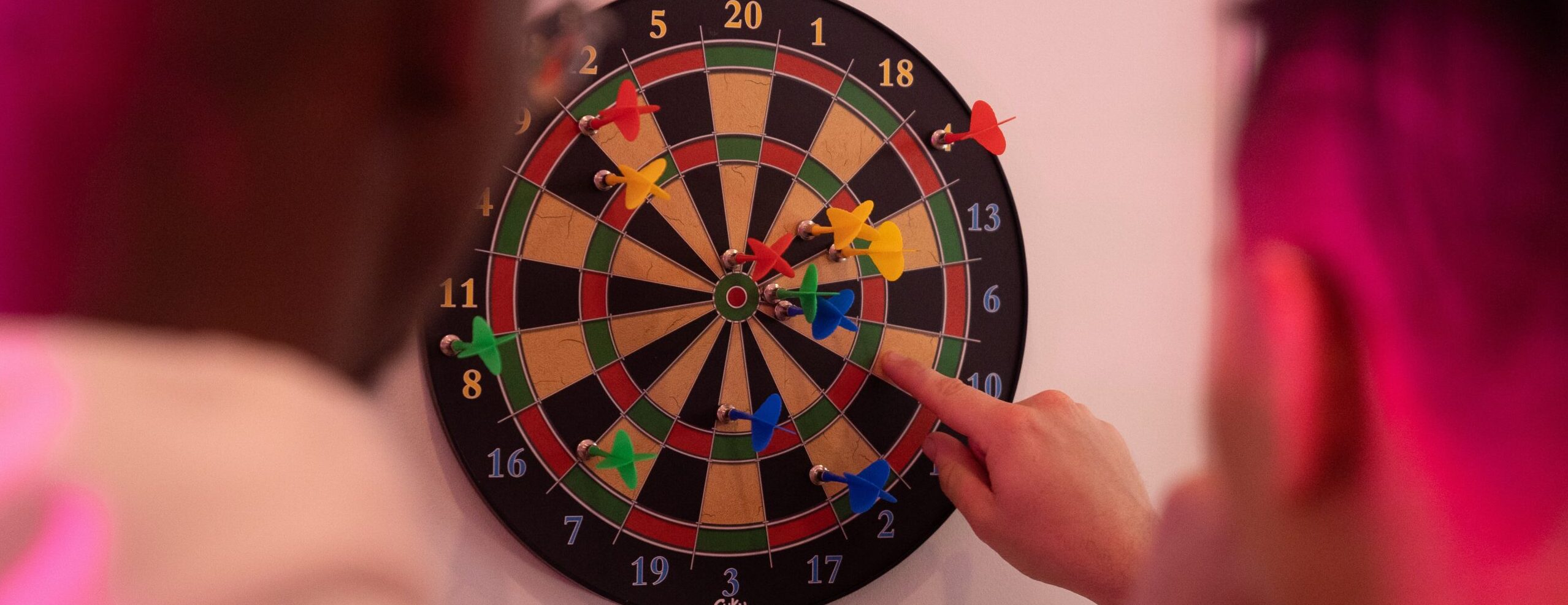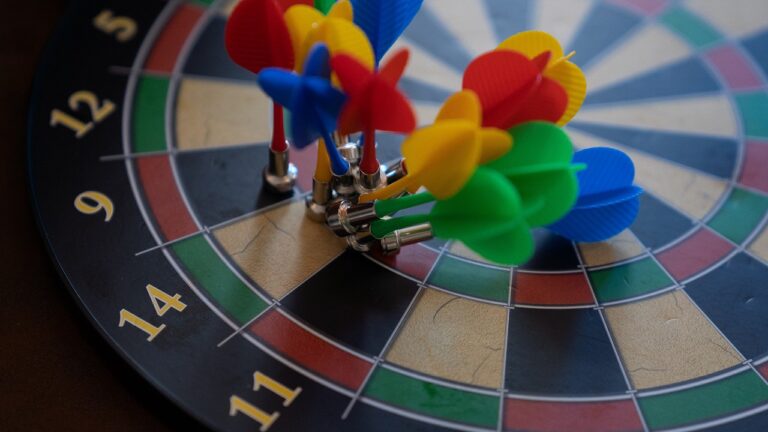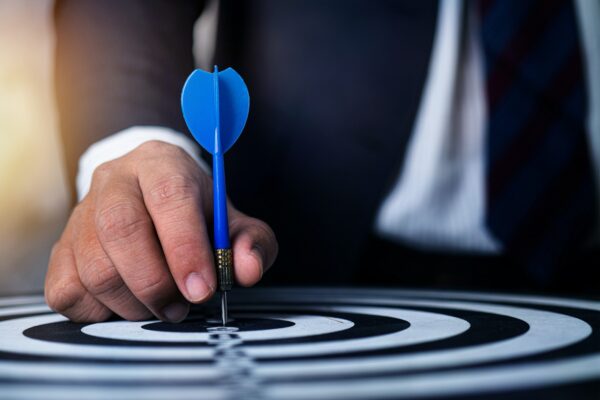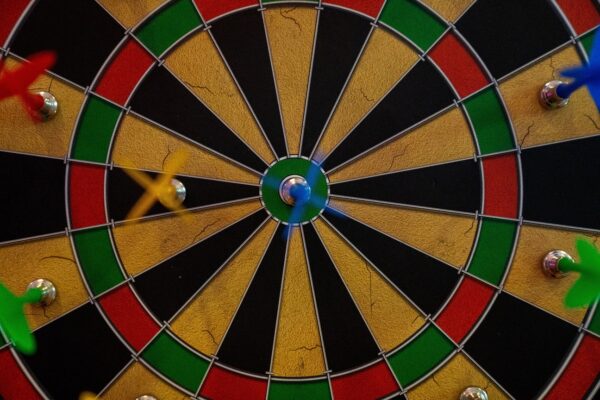Dart is a popular game that has been enjoyed by people for many years. It is a game that involves throwing small pointed darts at a circular target board that is mounted on a wall. The goal of the game is to hit specific areas on the target board in order to accumulate points. One of the key factors that determine how successful a player is at the game is their throwing distance and measurement.
Throwing Distance:
The throwing distance in dart is the distance between the player and the target board. The standard throwing distance for darts is 7 feet 9.25 inches (2.37 meters). This distance is measured from the front edge of the dartboard to the back of the throw line or the oche, which is a line marked on the floor where the player stands when throwing their darts.
The throwing distance is important because it affects the trajectory and speed of the dart. A player who throws the dart too close to the board may not have enough time to release the dart properly, resulting in a poor throw. On the other hand, if a player throws the dart too far from the board, the dart may lose momentum before reaching the target, resulting in a weak throw.
Measurement:
The measurement of darts is also an important factor in the game. Darts are typically measured by weight and length. The standard weight of a dart is 18 grams, although there are other weights available ranging from 12 to 30 grams. The length of a dart is typically between 6 and 7 inches (15.24 to 17.78 centimeters).
The weight of the dart is important because it affects the accuracy and speed of the throw. A heavier dart will typically fly slower and have more accuracy, while a lighter dart will fly faster and may be more difficult to control. The length of the dart is also important because it affects the player’s grip and the distance between the player’s hand and the tip of the dart.
Measuring the weight and length of a dart is typically done using a scale and a measuring tape. Players can also use specialized tools, such as dart scales and calipers, to measure the weight and length of their darts more accurately.
Factors that Affect Throwing Distance and Measurement:
There are several factors that can affect the throwing distance and measurement of darts. One of the main factors is the type of dartboard used. Different dartboards have different dimensions and materials, which can affect the trajectory and speed of the dart. For example, some dartboards are made of sisal, which is a natural fiber that is more durable and has a higher density than other materials, such as cork.
Another factor that can affect the throwing distance and measurement of darts is the player’s stance and grip. A player who has a stable and consistent stance and grip is more likely to throw the dart accurately and with the proper speed. Additionally, the player’s technique and release can also affect the trajectory and speed of the dart.
Finally, the environment in which the game is played can also affect the throwing distance and measurement of darts. Factors such as humidity, temperature, and air pressure can all affect the flight of the dart, making it more difficult to throw accurately.
The throwing distance and measurement of darts are important factors that can affect the accuracy and success of a player in the game. The standard throwing distance for darts is 7 feet 9.25 inches (2.37 meters), and darts are typically measured by weight and length. Factors such as the type of dartboard used, the player’s stance and grip, and the environment in which the game is played can all affect the throwing distance and measurement of darts. Understanding and mastering these factors can help players improve their performance and become more successful at the game of darts.
Players can improve their throwing distance and measurement by practicing regularly, experimenting with different types of darts and weights, and developing a consistent technique and release. It is also important to consider the environment in which the game is played and make adjustments accordingly.
Overall, the throwing distance and measurement of darts are important aspects of the game that require careful consideration and practice. By understanding these factors and developing the necessary skills, players can improve their performance and increase their chances of success in the game of darts.




